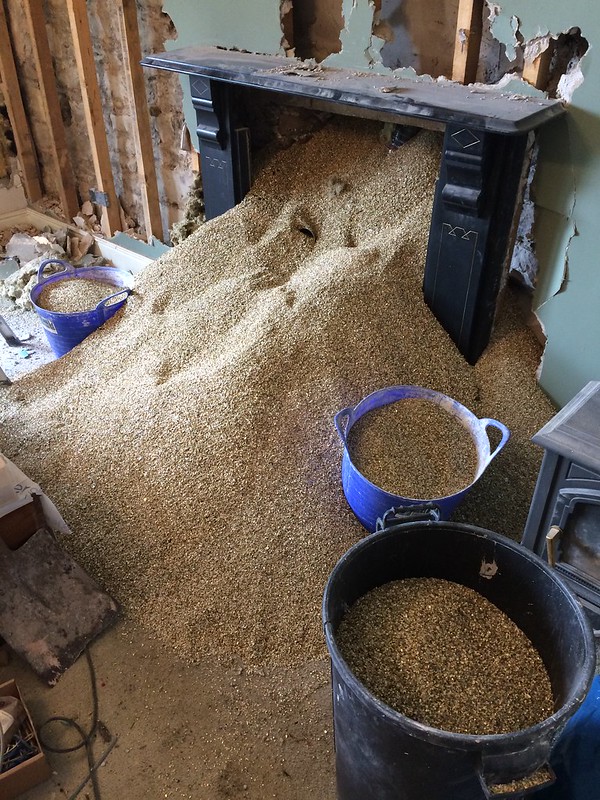lurker
Le dullard de la commune
I'd like some advice please.
My son has bought a cast iron fireplace of a traditional design.
We have cut back the brickwork and made good.
We now need to fix the fireplace in to place.
My main concern is what to pack between the brickwork and the rear of the cast iron.
Will ordinary cement be OK.
I intend to fill the joint between the brick and the ironwork (on the inside of the grate) with fire cement.
There is a gap between the brickwork and the fire bricks at the back, was thinking of pouring dry sand into this
Any and all comments warmly received.
My son has bought a cast iron fireplace of a traditional design.
We have cut back the brickwork and made good.
We now need to fix the fireplace in to place.
My main concern is what to pack between the brickwork and the rear of the cast iron.
Will ordinary cement be OK.
I intend to fill the joint between the brick and the ironwork (on the inside of the grate) with fire cement.
There is a gap between the brickwork and the fire bricks at the back, was thinking of pouring dry sand into this
Any and all comments warmly received.








































